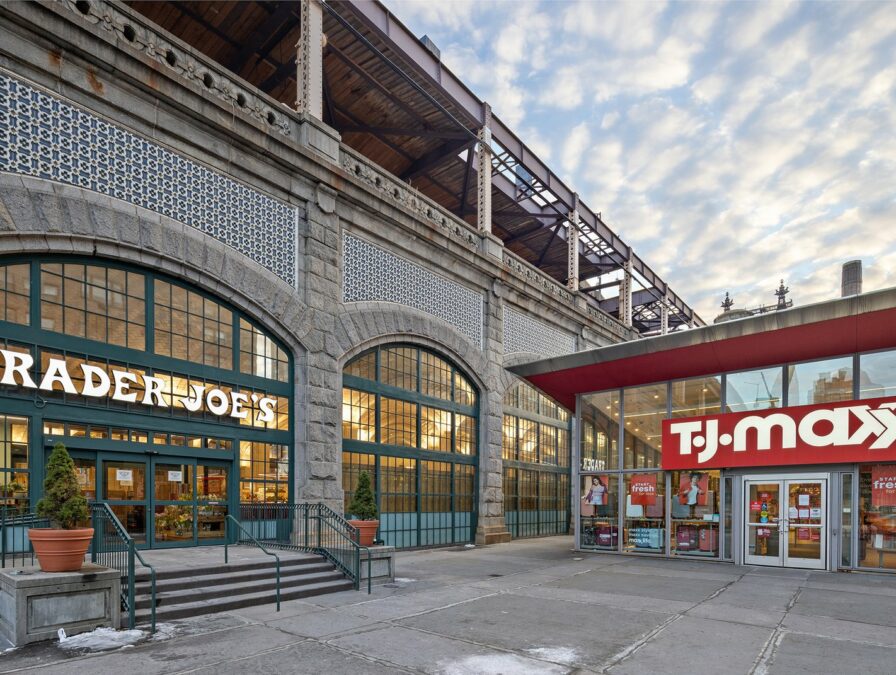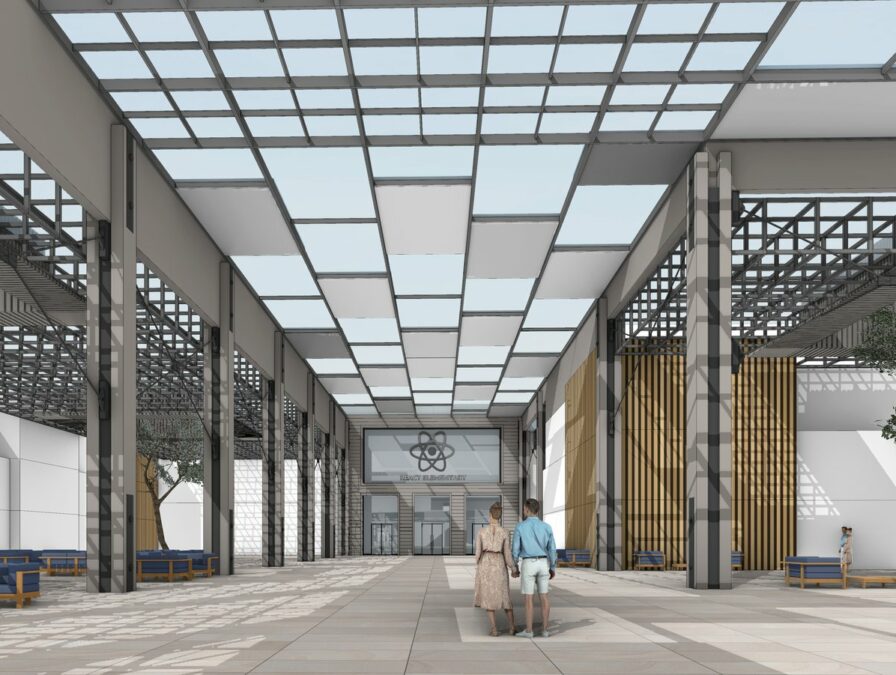Ryan Carver, licensed architect and entrepreneur with more than 25 years of experience in the city of Charlotte, has been closely monitoring the dynamic trends within both the U.S. and Queen City markets. Ryan is sharing his insights on recruiting top talent and highlights how your firm can grow despite challenges in the multifamily labor market:
Over the past 15 years, single-family rentals (SFR) have proven to offer promising returns through their exponential demand and growth. Changing migratory patterns and a desire for more flexible housing options have led many investors to adjust their investment strategies to include this form of housing, often referred to as build-to-rent homes (BTR). SFR/BTR homes offer attractive returns with minimal risk, and properties provide investors with a steady stream of rental income. As these properties are typically leased on long-term leases, they are less susceptible to market fluctuations, and as the cost of buying a single-family home continues to rise, SFR/BTR homes provide an affordable option for many investors. As the sector continues to grow, it is important to understand why these properties are rising in popularity, the challenges associated with them, and the problems that they solve.
In recent news, BTR has been labeled the “new normal” on the housing market. These unique homes offer numerous advantages to both landlords and tenants, including more control over the rental agreement and the ability to customize the residence to their own preferences. Additionally, investors can take advantage of the long-term cash flow potential associated with SFR and BTR homes, as well as the potential to benefit from an appreciating asset. Due to high mortgage rates and a limited supply of for-sale inventory for home purchases, prospects are compelled to consider the BTR market, and the statistics showcase this pattern. BTR capitalizes on a product with low-cost material and lower skilled labor compared to other construction types. It is only natural that people are seeking an approachable price point for a better way of life and a return on their investment, especially among the millennial population. Therefore, BTR properties offer numerous attractive qualities that are being valued.
Today, the biggest challenge to BFR is a trend in the commercial real estate and multifamily market that is slowing down building due to high borrowing costs. SFR and BTR cap rates are also being impacted by the current economy. Regarding single-family rental pricing, institutional investors have decreased capital investments for the SFR sector beginning in the third quarter of 2022. Rising interest rates and concerns about declines in property prices have prompted some recalibration among SFR investors. Despite these trends, there is still investor demand in the sector, with abundant capital on the sidelines. In general, cap rates have risen 125 basis points over the past year, where rising interest rates and declining rent growth have had the largest impact. Nationally, cap rates, which were in the low to mid-4’s, are now in the mid to high-5 percent range, trading slightly below conventional apartment yields. The impact of rising interest rates on cap rates could be mitigated, should we be near the peak rate for the year, showing its continued growth.
CEO of Kinloch Partners, Bruce McNeilage, who owns and operates four BTR communities in the Southeast, recently commented on this problem, expressing that owner-operators are to raise rents to remain profitable. He mentioned, “If there were five more projects in Nashville or in Greenville, South Carolina, they’d all be filled,”, giving context to geographical areas that would greatly benefit from BTR communities (CNN). Not only would various economies, small businesses, and tertiary markets in the U.S. benefit from BTR, but it would also be one step closer to solving the current housing crisis.
BTR presents a plethora of growth opportunities, solving longstanding issues throughout our country. Pockets of neighborhoods outside big cities would thrive from the addition of these developments while meeting buyer priorities. The build-to-rent segment of the marketplace is better positioned than the SFR market because operators have better control over costs and execution. Housing starts have lessened due to higher interest rates, which have lessened the buyer pool for housing. As compensation, these developers have turned to BTR investors to sell their pipelines and build BTR communities for them. In summary, the single-family rental and built-to-rent markets appear to be on a growth trajectory of new heights.
For further inquiries or to learn more about SGA|NW, a GF design company’s multifamily design services, please contact Ryan Carver, managing director of multifamily at SGA|NW, a GF design company, at rcarver@sganwdesign.com or Danielle Barr, senior marketing manager at GF, at dbarr@greenbergfarrow.com.



